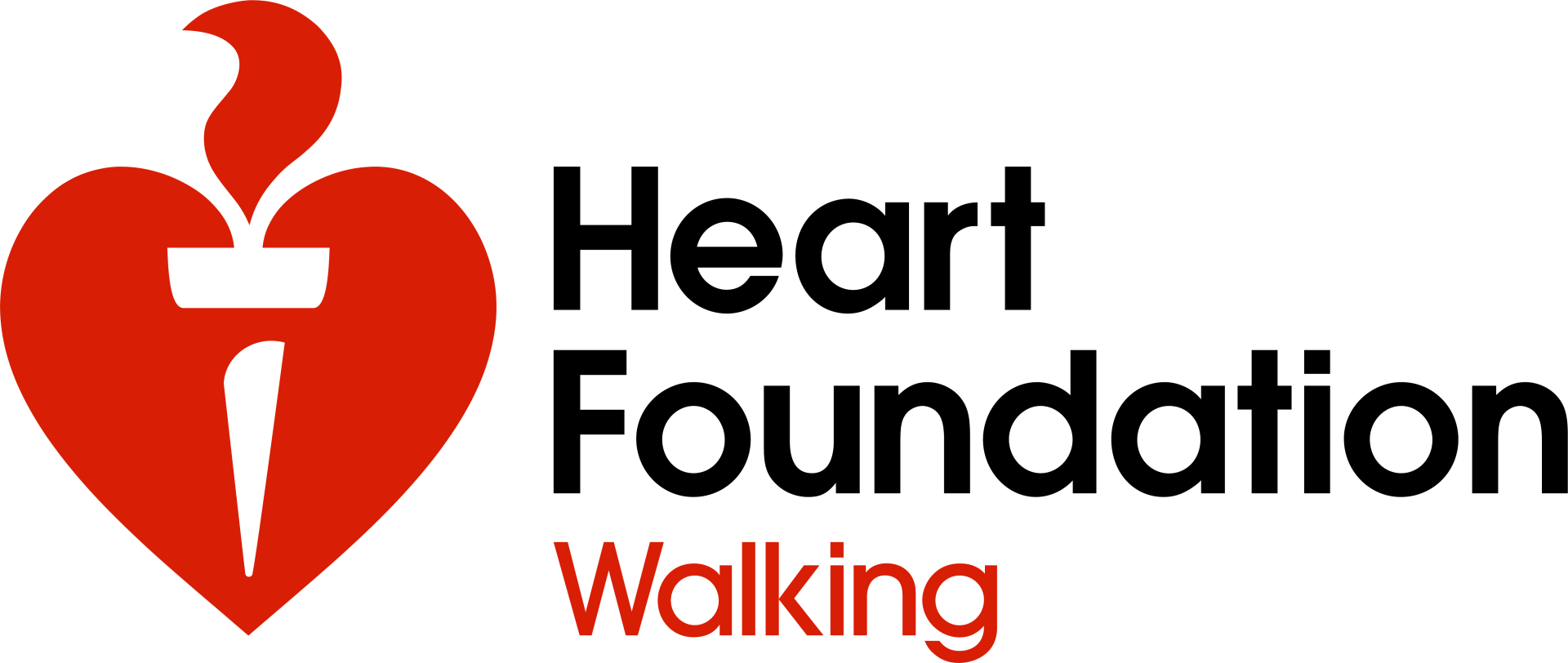A New Way To Set Goals?
During your 6-week Heart Foundation Walking Plan, we set you targets by suggesting how many walks you aimed for each week. This type of goal setting is known as a specific performance goal or SMART goal (where SMART is specific, measurable, achievable, realistic and time bound).
These types of goals can be very effective but there are other ways to set goals to set you up for the longer term.
Christian Swann, Associate Professor in Psychology at Southern Cross University, has been studying the relatively new concept of Open Goals.
What is an open goal?
Open goals are not specific and, instead, they are more exploratory, like “I’ll see how many steps I can reach today”. So, rather than comparing against a target of where you should be, you’re constantly building on your starting point.
The benefit of an open goal is that you can be curious about where the day, week or month may take you. So, if your goal was to ‘see how many walks I can do this week’, you’re never falling behind, and each time you complete a walk you can celebrate your progress. You can then keep building on this, without the pressure of failing. These goals can be particularly helpful when your schedule is busy, or you get out of your normal routine, like being on a holiday.
Dr Swann suggests ‘There is no failure with an open goal, and it makes the whole process more positive - and the more positive we feel during physical activity, the more we’ll want to do it again and again.’
So, how can you set open goals?
Dr Swann suggests that the best way to find your flow is by setting open goals and just going for it. Think about what you want to change, and then identify a way of measuring it.
If you wanted to focus on ‘eating more healthy meals’, you could measure it by counting the number of healthy home cooked meals you made each week, and phrase the goal in an open way, ‘I want to see how many healthy home cooked meals I make this week’.
And that’s it!
So, if this sounds like something you want to try, for this week’s challenge, think about what you want to focus on and how you could measure them.
We’ve added a link if you are keen to read more about Dr Swann’s work.


